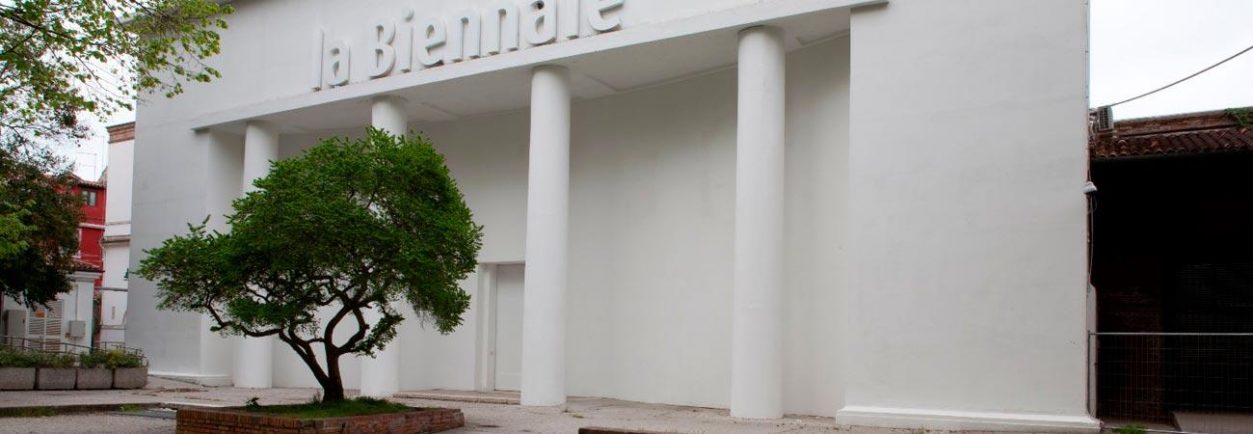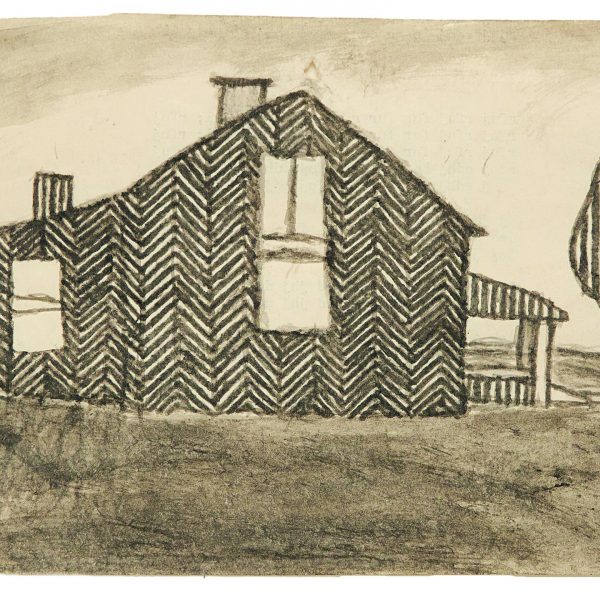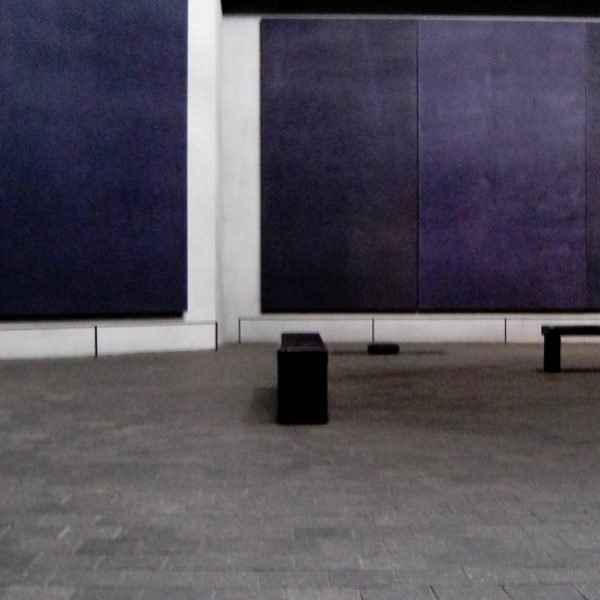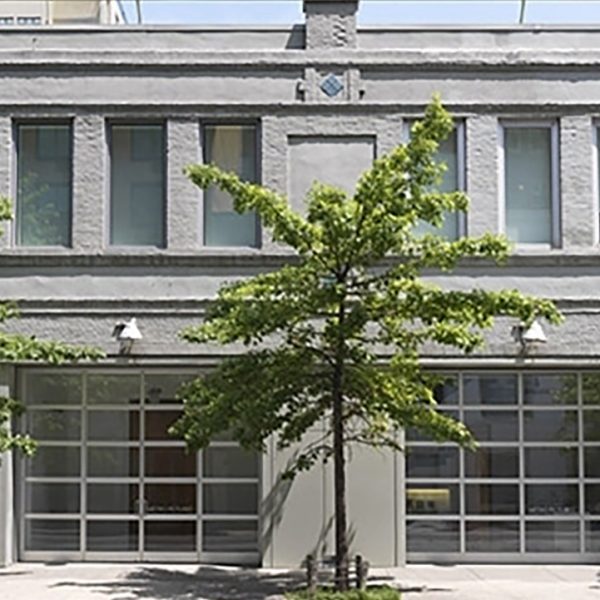A Day at the Beach and Some Other Interesting Times at the 2019 Venice Biennale
By David Ebony

I. La Biennale di Venezia #58
The 2019 Venice Biennale, on view through November 24, has the head-scratching, ironic title “May You Live in Interesting Times.” The exhibition’s American-born, London-based curator Ralph Rugoff, director of the Hayward Gallery since 2006, says that the phrase has been invoked for nearly a century by Western authors and politicians (from Arthur C. Clark to Hillary Rodham Clinton) as an ancient Chinese curse. But there is no evidence that any such curse ever existed. “It’s a counterfeit curse,” he told the press; and in the show’s catalogue he connects it to today’s “digital dissemination of ‘fake news’ that is corroding public discourse and the trust on which it depends.” Art, he suggests, has the capability of exposing the fraud and reimagining new possibilities for living in “interesting times.”
The best time to see La Biennale di Venezia, as the Italians call it, is after the opening days, when the initial brouhaha has subsided. Early reviews of this year’s exhibition were mixed at best, but that tepid response may be attributed to the opening itself. The preview days of the Venice Biennale, the ultra-prestigious vernissage, is a frenzied, jam-packed, art-world networking crush in which both audience and art alternately struggle and suffer to be visible and au courant. It’s much nicer to go later, as I was able to do this year, in mid June, weeks after the show’s May 11 opening. At that later time, when initial reviews of the exhibition have been all but forgotten—or forgiven, as in this year’s case—the whole event seems rather fresh and, ultimately, “interesting.”
This show, the 58th edition of the venerable biannual art event, has the job, as all previous Venice Biennales have had, of drawing ever more visitors to this glittery tourist gem on the Adriatic Sea. In addition, the show is expected to accurately reflect and assess the cultural condition of its times. Coinciding with this year’s installment, the Clark Art Institute in Williamstown, Massachusetts, is exploring the questions of identity, nationhood, and spectacle that are central to the Biennial in “Art’s Biggest Stage: Collecting the Venice Biennale, 2007–2019”. The exhibition, on view through October 14, as well as its accompanying catalog, examine the history of the Biennale through the Clark’s archival materials and collections.
It is too early to know what place this year’s exhibition might hold in the event’s long history. It remains to be seen if Rugoff’s effort can top the 2017 attendance figure of 615,000. The exhibition—along with certain satellite shows I saw—does indeed reflect its times, although a bit of patience may be required for it to do so. This vast contemporary art showcase features the work of 80 artists, plus 90 national presentations, and 21 collateral events and special projects. It perhaps does not have the instant resonance and authority of the 55th Biennale of 2013, for instance.
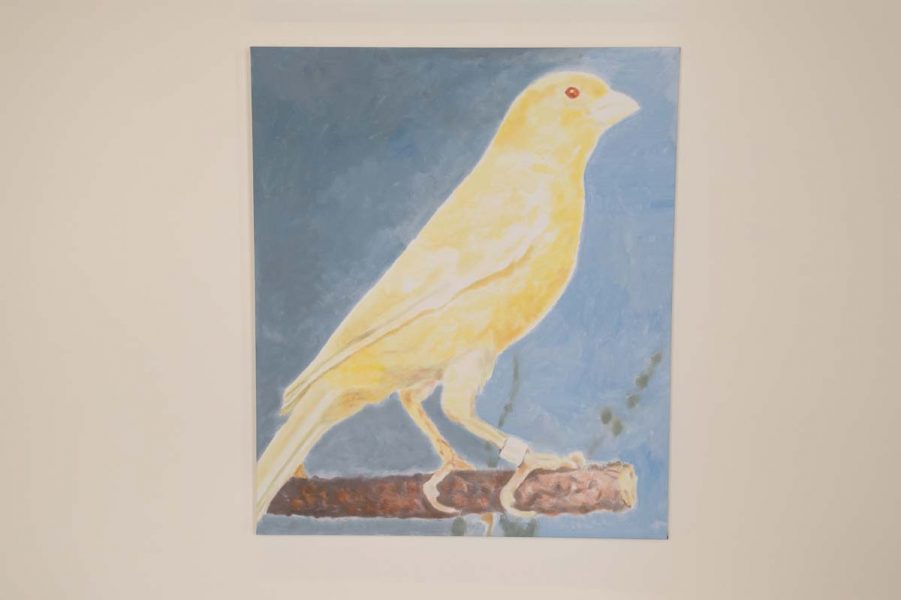
Organized by New Museum curator Massimiliano Gioni, “The Encyclopedic Palace” remains the most outstanding of the eleven Venice Biennales I have seen in terms of consistently engaging artworks and the many exciting and unexpected presentations.
Rugoff’s exhibition, however, has its own merits, a distinctive feel and ambition. The two-part show takes place in the Central Pavilion of the Giardini, adjacent to the national pavilions, and the cavernous Arsenale, Venice’s former shipyards. The curator made the novel decision to include works by the same artists in both venues, a move that irked some critics who complained of redundant visual statements. The scheme, however, expanded the purview of most of the artists, and clarified, for me at least, their aims and ideals.
A number of concurrent must-see exhibitions in the city’s museums augment the Biennale’s appeal. The Palazzo Grassi, for instance, presents La Pelle (The Skin), a moody and wonderful retrospective of some 80 works by Belgian artist Luc Tuymans. His soft-spoken paintings explore a range of political issues: surveillance, use and misuse of media, and the potential deception inherent in images of everything from taxidermy canaries to ghostly portraits of right-wing extremists.
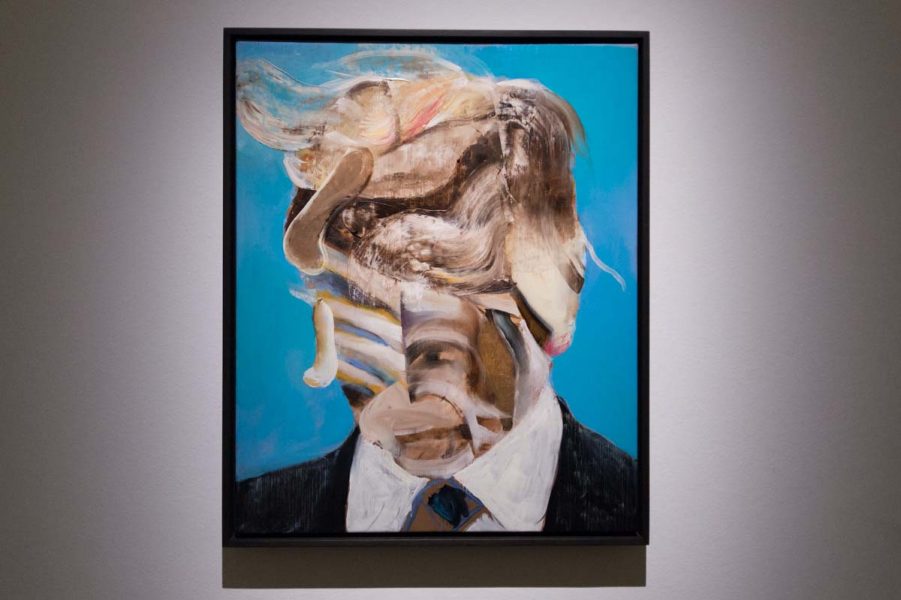
Politically edgy and formally challenging paintings by Romanian painter Adrian Ghenie, including a recent series of grotesque Trump-like portraits, enliven the antique treasures of the Palazzo Cini, while the nearby Peggy Guggenheim Collection hosts an elegant retrospective of pioneering modernist Jean (Hans) Arp, curated by Catherine Craft for the Nasher Sculpture Center, Dallas, where the show debuted.
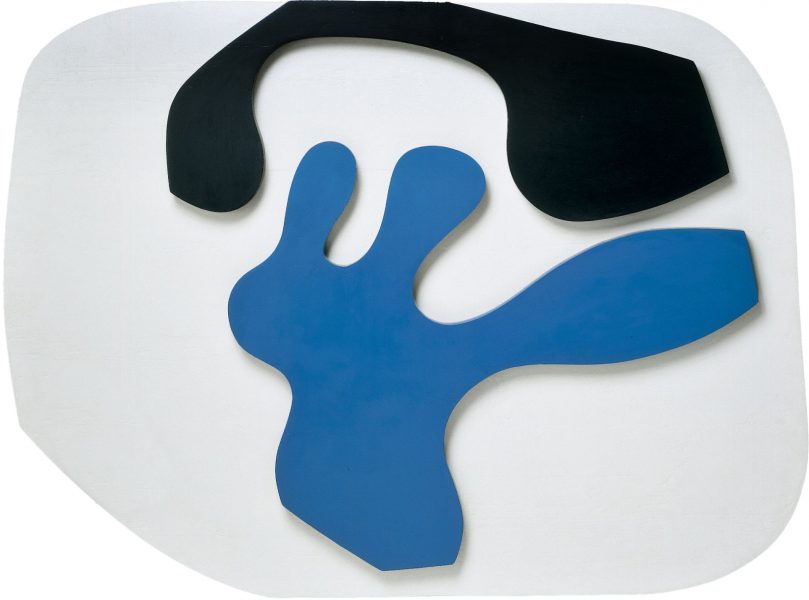
The ever-enchanting Palazzo Fortuny hosts a retrospective of the late Korean abstract painter Yun Hyong-Keun, and wows visitors with “The Fortuny: A Family Story,” an in-depth survey of artists of the Fortuny family, whose refined paintings and elaborate clothing and textile designs were all the rage throughout the first half of the twentieth century.
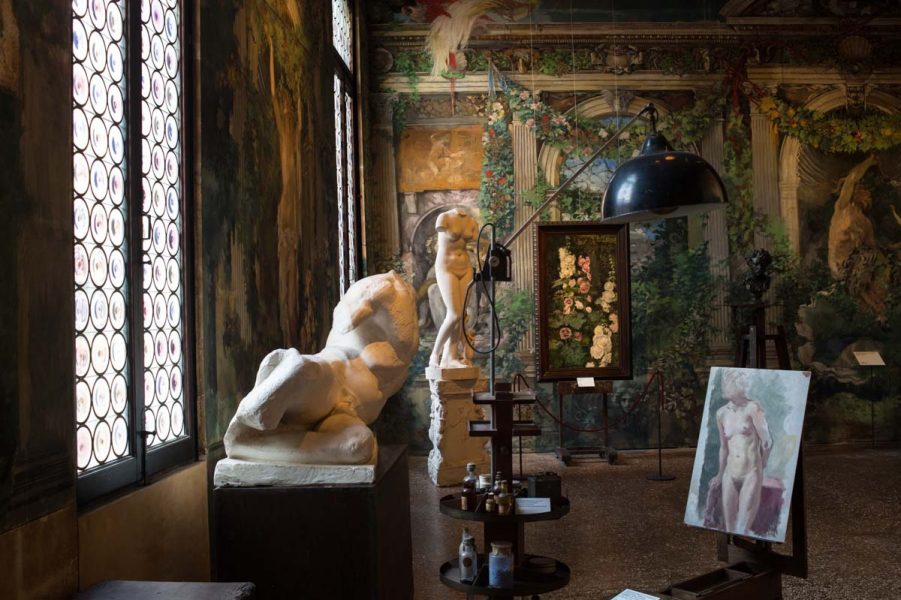
II. Biennale Flair
Punctuating and energizing the expansive galleries of the Arsenale are striking, mural-size black-and-white photos by South African artist Zanele Muholi. These graphically potent portraits of South African black lesbians were created by the co-founder of the Forum for the Empowerment of Women, and Inkanyiso, a platform of queer and visual activism, who defines herself as a “visual activist” rather than an “artist.” Her works are especially imposing in juxtaposition to abstract works by Nigerian-born Belgian sculptor Otobong Nkanga, who created elongated “veins” made of Murano glass and marble, placed on low-lying narrow plinths stretching some fifty feet or more.
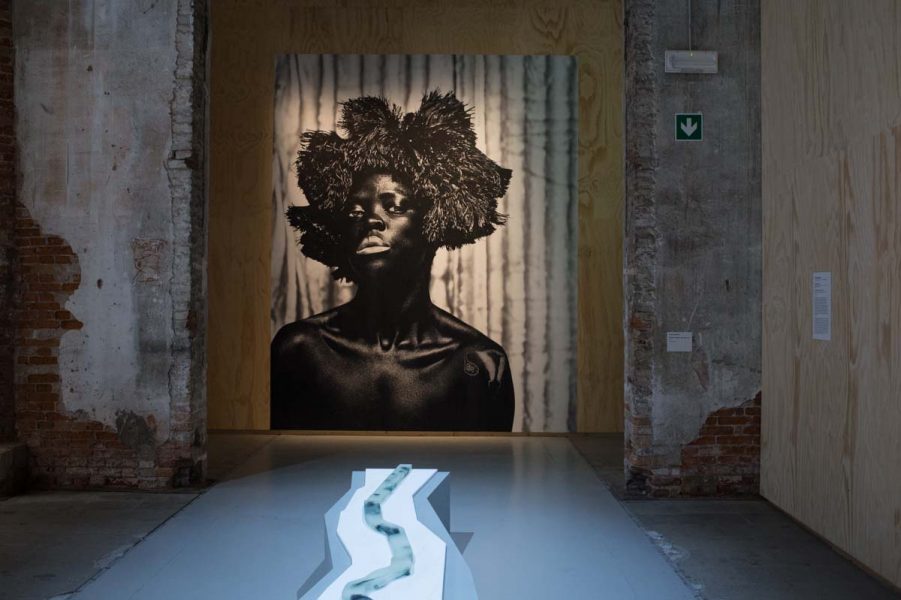
Several ambitious and monumental installations were among other highlights of the Arsenale, including Rubber Pencil Devil (2018), a grid of video monitors by Philadelphia artist Alex Da Corte installed in its own small theater with orange walls trimmed with purple and pink neon tubing. In the video’s fifty-seven segments, enacting pivotal moments of 20th- and 21st-century cultural history, the artist, in campy, cartoonish fashion, plays most of the parts, from Sylvester the cat to Gene Kelly.

While Da Corte embraces and woos his audience, Liu Wei keeps his followers at a cool distance with his massive still-life installation, Microworld (2018). In this arresting tour-de-force, with giant bulbous and curvilinear abstract forms made of aluminum filling a large room, the Chinese artist has created an imaginative macroscopic view of a microscopic world. Filled with outsize cellular forms like platelets, amoebas and other microorganisms—shapes redolent of those in Jean Arp’s work—Microworld recalls a modernist stage set, and may be viewed only though a large glass wall on one side of the enclosure.
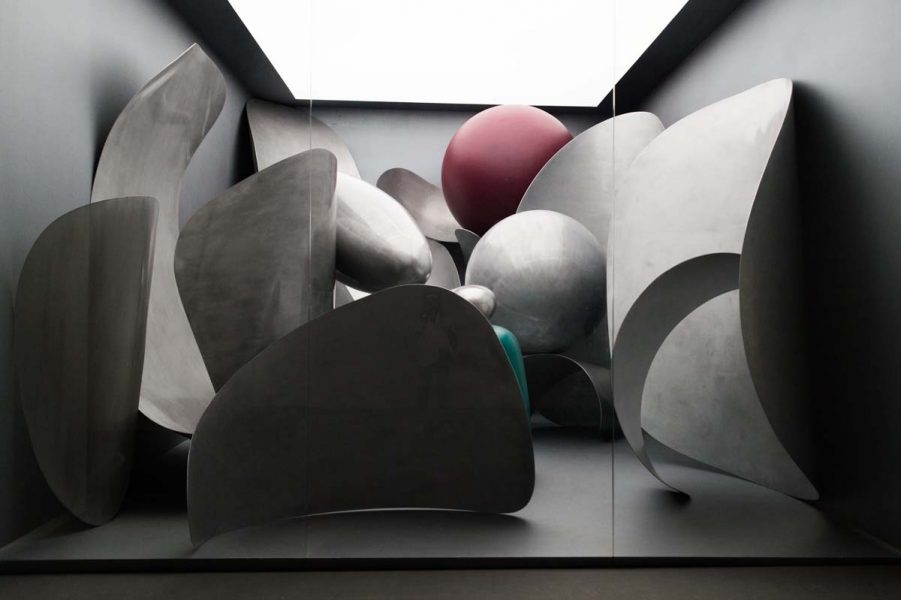
Glass walls seem to be a particular preoccupation of Chinese artists at the Biennale this year. The Beijing-based artist team Sun Yuan and Peng Yu brought to the Biennale two large-scale, attention-grabbing installations that metaphorically address issues of random violence and absolutist political power—or rather abuse of that power—apropos of our times. Dear (2015) features a massive white silicon chair, modeled after a marble throne from Imperial Rome, in the center of a room with Plexiglas walls. A long, black, snakelike tube—apparently under the strain of an air pressure pump hidden under the throne—emerges periodically and spasmodically from a hole in the seat. The rubber tube violently slaps the sides of the enclosure with an unnerving, and ear-splitting noise that reverberates through the Arsenale.

Sun Yuan and Peng Yu present a similarly jarring mechanized sculpture, Can’t Help Myself (2016), in the Central Pavilion, where a large, industrial robot, caged in a room with glass walls, violently splashes pools of red, bloodlike fluid along the floor and walls, and then sweeps the liquid toward the center. Like some futuristic automated cleanup machine for use after a bloody massacre, the work hints at today’s increasingly detached and impersonal attitude toward deadly acts of violence.

Quieter and far less bombastic, Neither Nor: The Challenge to the Labyrinth occupying the Italian Pavilion in the Arsenale, features the work of three Italian artists: Enrico David, Liliana Moro, and the late Chiara Fumai. Inspired by a 1962 essay by Italo Calvino, the mazelike installation invites prolonged encounters with murals and floor drawings by Fumai, plus evocative neon works by Moro, and quasi-abstract figurative sculptures by David.

Outstanding among the national pavilions in the Giardini is a trio of solo exhibitions: Martin Puryear, representing the United States; Cathy Wilkes, Great Britain; and Natascha Süder Happelmann, Germany. Puryear’s presentation, “Liberty Libertá,” features mostly works created for the Biennale, extending and elaborating upon the abstract visual language that the artist has refined over the years to explore issues of race, the African-American experience, equality, justice, and the struggle for freedom. A particularly moving work, A Column for Sally Hemings (2019), is a tribute to an African American slave owned by Thomas Jefferson, with whom, many scholars believe, he sustained a long-term relationship and fathered five children. The sculpture consists of a shackled cast-iron stake, symbolizing slavery, driven into the top of a white fluted column, alluding to the neo-classical works of Italian architect Andrea Palladio, which greatly influenced Jefferson’s design for his Monticello estate. An evocative meditation on gun violence in the U.S., Tabernacle (2019), made of steel and black-stained wood is a squat conical hat-like shape with a glass oculus. Through this window one can see the artist’s replica of a Civil War-era siege mortar with a reflective, mirror-like cannonball inserted into its barrel.

With evocative installations featuring ghostly figures made of plaster, concrete or resin, and including found antiques and various recycled detritus, paintings and photographs, Belfast-born Cathy Wilkes reimagines her childhood during The Troubles. With spare means and an understated approach, she engages viewers in the British pavilion with a dreamlike atmosphere that conveys a very real sense of political upheaval and wartime depravation, as well as a personal coming-of-age story about an adolescent woman facing an uncertain future.
Quite the opposite in tone and temperament, but similar in impact, Iranian-born artist Natascha Süder Happelmann, AKA Natascha Sadr Haghighian, has transformed the German pavilion into a multifaceted sculpture, sound and video installation centered on issues of immigration, isolation and containment. Visitors circulate through a sequence of entropic settings: from a quarrylike, desert landscape to an industrial depot with a collapsed billboard resting against clusters of galvanized steel pipes piled atop stacks of large blue plastic crates. One may find little respite in a large but strangely claustrophobic gallery lit with garish white neon. Permeating the space, black speakers blast an earsplitting music track, tribute to whistle, featuring mostly whistling sounds, which alludes to the use of whistles by migrants to warn each other of the dangerous proximity of immigration police.
While Martin Puryear’s exhibition certainly deserved the Golden Lion awarded to the best national pavilion, the prize went instead to Lithuania. The wildly acclaimed Sea & Sky (Marina), an operatic performance piece by a Lithuanian trio—composer Lina Lapelyte, librettist Vaiva Grainyte, and director Rugile Barzdziukaite—was mounted only once per week, each Saturday, until a Wednesday performance was eventually added in response to popular demand—or rather, annoyance from disgruntled weekday Biennale visitors. Even with the added showing, complaints about long lines, and the relative inaccessibility of the show tarnished the pavilion’s Golden Lion. Performed on the ground floor of an old shipyard warehouse, the opera is viewed by the audience standing on a surrounding second-story balcony. The set, some twenty feet below, resembles a resort beach in midsummer, complete with real sand, and live frolicking kids and dogs, plus twenty professional singers. Sung in English, with a melodic score and a timely theme of climate change and rising sea levels, the hour-long opera is repeated continuously all day long. The Wednesday performance I saw was certainly poignant, gorgeous, and captivating. Its status, however, as a theater work—clearly not a work of interactive- or performance art—with a limited schedule and accessibility issues—begs the question of its place in an art biennale. There is the Venice film festival, and a Venice architecture biennale, so why not a theater biennale?
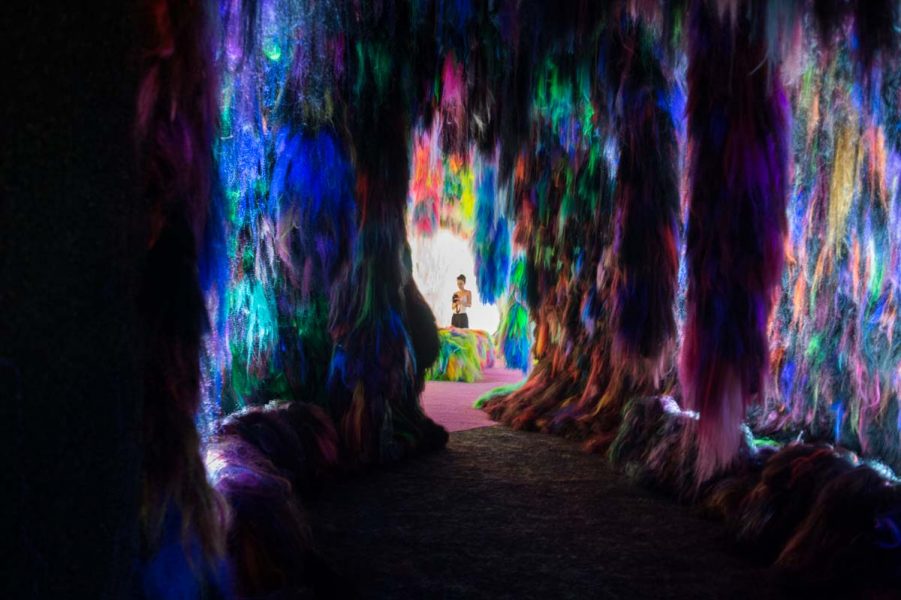
Though much smaller in scale, and minus live performers, Iceland’s pavilion, situated along the Giudecca Canal, offers a similarly immersive experience. Here, Icelandic artist Hrafnhildur Arnardóttir (AKA Shoplifter), perhaps best known in the U.S. for her costume- and set-design collaborations with Björk, has created a cavern-like space with walls, ceilings and couches made of her trademark material—wildly colorful artificial hair. Ambient music by the Icelandic heavy metal band HAM adds to the feeling of otherworldly adventure as visitors meander through the fuzzy, transcendent environment.
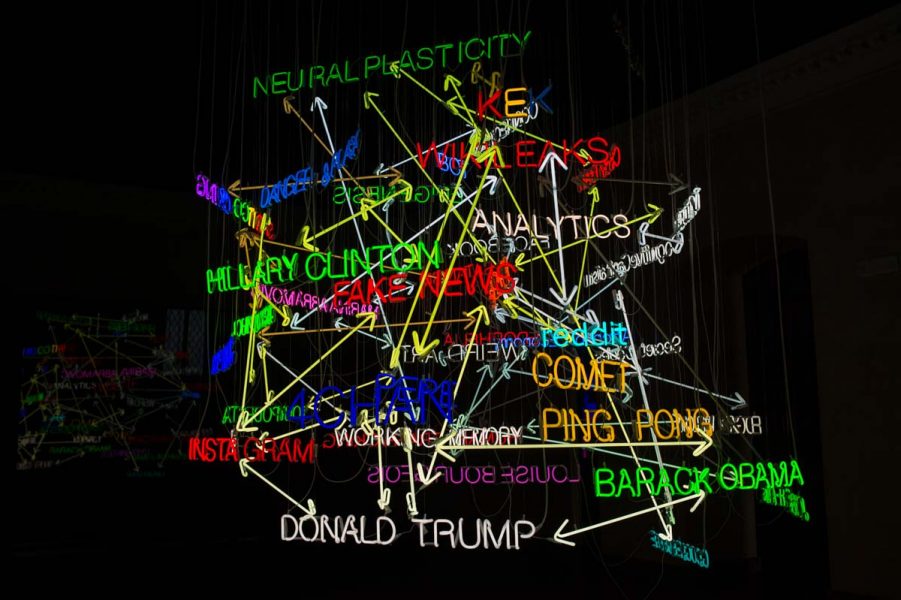
More sober, perhaps, “Mauri / Muntadas,” at Galleria Michela Rizzo, directly next door to the Iceland Pavilion, pairs historical works—photos, installations and video pieces—by Italy’s Fabio Maura and Spain’s Antoni Muntadas—which deal with the use and abuse of corporate power, propaganda and military might. Finally, further along the Giudecca, in the Zuecca Project Space, “Rumor to Delusion” a show by Los Angeles- and Berlin-based artist Warren Neidich, addresses more recent political conundrums. The show’s centerpiece, an enormous chandelier with colorful neon signage, Pizzagate Neon (2017), explores the role of news organizations and social media in creating the present post-truth environment. Neidich uses as a starting point the odious “Pizzagate” rumor that coincided with Hillary Clinton’s 2016 presidential campaign. Directly addressing Rugoff’s Biennale theme, “May You Live in Interesting Times,” Neidich considers this “rumor” as a seminal example of “fake news,” the present cultural malady of partisan disinformation. In tandem with Rugoff, he warns of its disturbing and far-reaching implications for the future.
David Ebony is a contributing editor of Art in America magazine, and the author of numerous artist monographs. He lives and works in New York City.























